Our team has managed to efficiently guide visible light through a silicon wire – a milestone towards faster, more efficient integrated circuits.
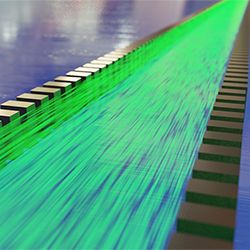

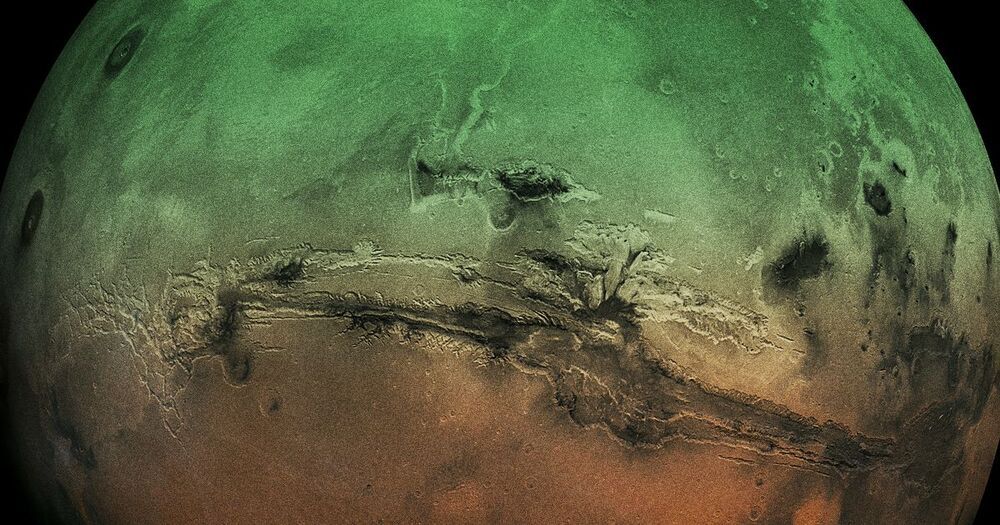

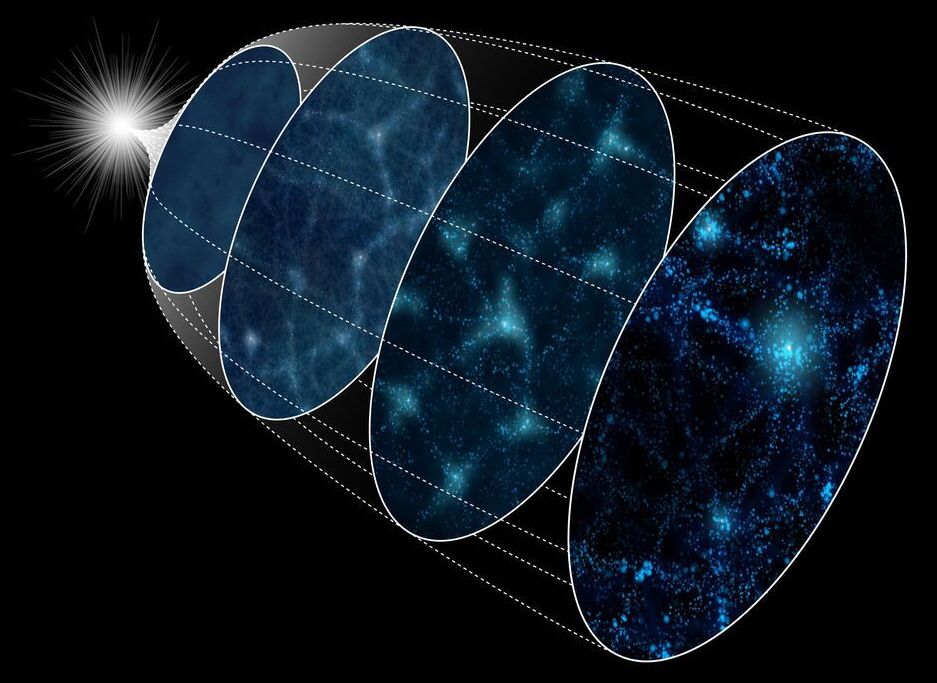
Astronomers have tested a method for reconstructing the state of the early universe by applying it to 4000 simulated universes using the ATERUI II supercomputer at the National Astronomical Observatory of Japan (NAOJ). They found that together with new observations, the method can set better constraints on inflation, one of the most enigmatic events in the history of the universe. The method can shorten the observation time required to distinguish between various inflation theories.
Yumm… mushrooms. 😃
The startup Cycloponics is growing 100–200 kilos of mushrooms a week in underground parking lots in Paris, Strasbourg, and Bordeaux.
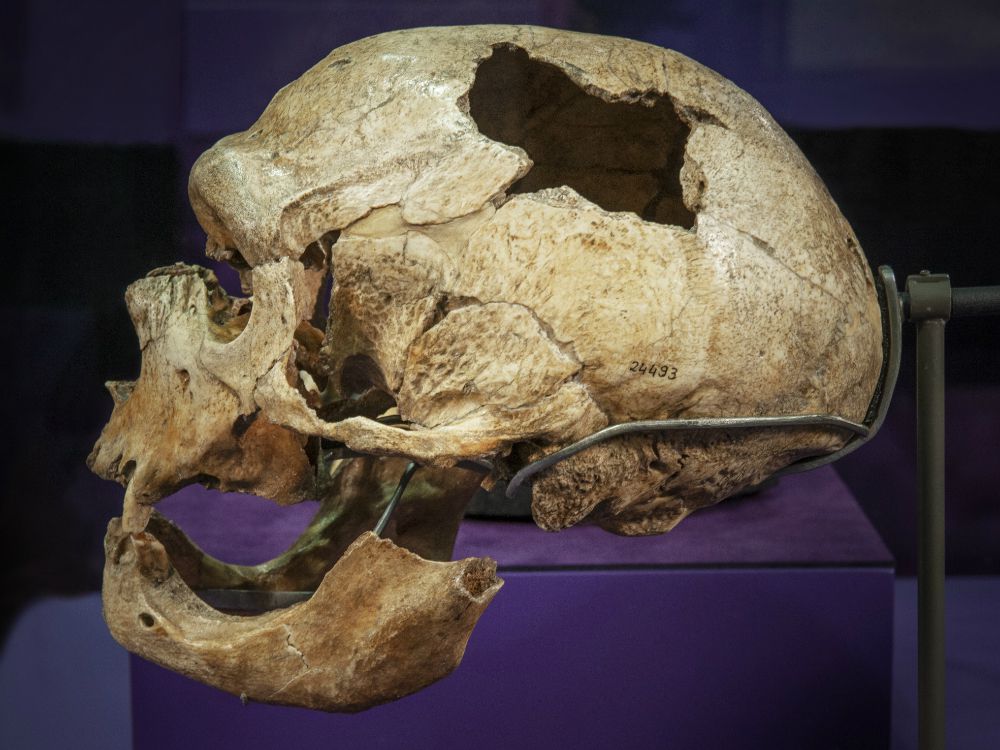
While the brain tissue of modern humans are typically smooth and spherical, the study, which was published in Science on Feb 11, found that the tissue created with the ancient genes were smaller and had rough, complex surfaces.
“The question here is what makes us human,” Muotri told CNN. “Why are our brains so different from other species including our own extinct relatives?”
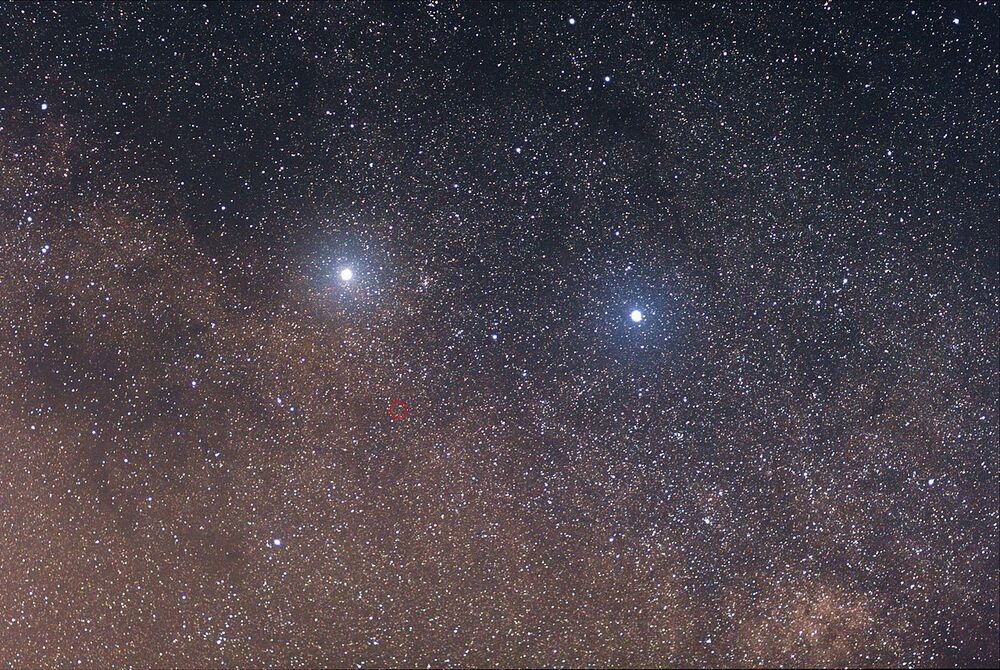
A group of researchers from the Fritz Haber Institute of the Max Planck Society and the Humboldt-Universität zu Berlin have found out that a semiconductor can be converted to a metal and back by light more easily and more quickly than previously thought. This discovery may increase the processing speed and simplify the design of many common technological devices.
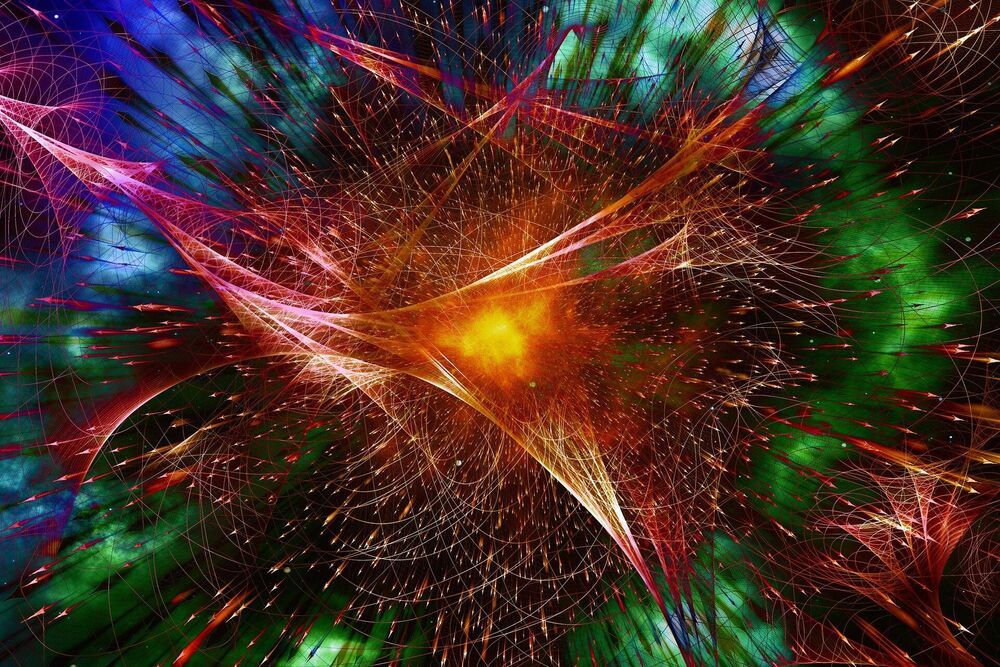
NASA’s Perseverance Mars rover will attempt to record video and audio as it plunges through the planet’s atmosphere at 12000 mph.